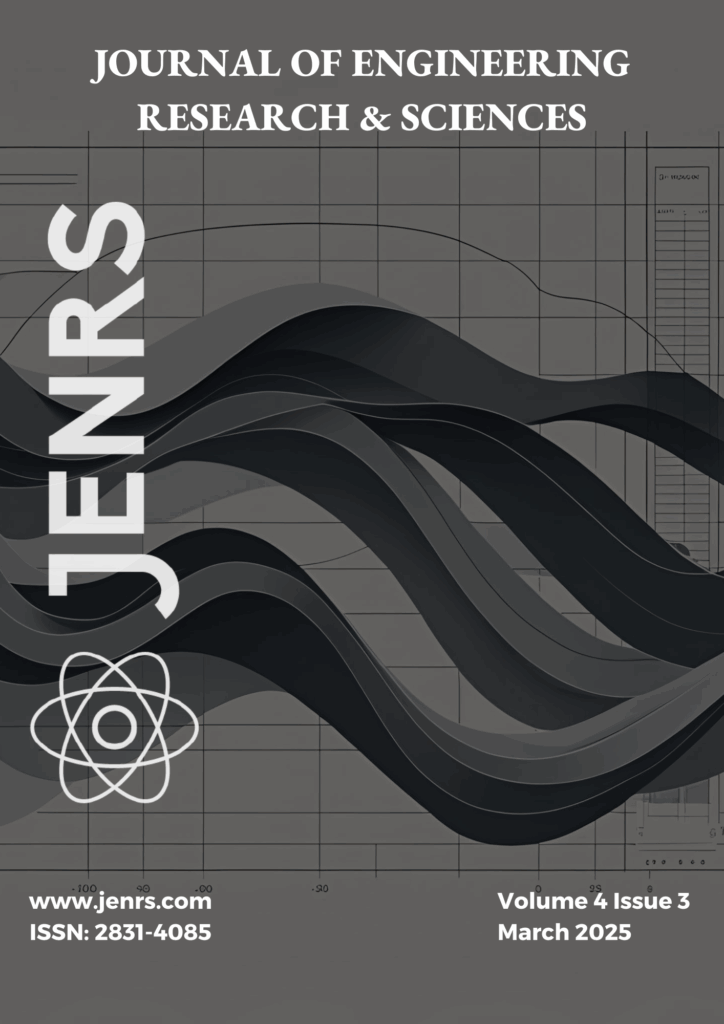Volume 4, Issue 3 (March 2025) - 2 Articles

This issue presents two research articles that connect human well-being with technological innovation. The first study focuses on fall prevention for the elderly by analyzing how different types of falls affect injury risk. Using physics-based modeling and simulation, it offers useful insights for safer environments and public health policies. The second article introduces a Python-based tool that uses signal processing to analyze piano performances. It measures things like touch, tempo, and pedal use to better understand musical expression. Together, these studies show how combining science and technology can improve quality of life and enrich our understanding of human experience.
Journal of Engineering Research and Sciences, Volume 4, Issue 3, Page # i-i, 2025
Journal of Engineering Research and Sciences, Volume 4, Issue 3, Page # ii-iii, 2025
by Jinhua Xiao
Journal of Engineering Research and Sciences, Volume 4, Issue 3, Page # iv-iv, 2025
Journal of Engineering Research and Sciences, Volume 4, Issue 3, Page # v-v, 2025
by Eunbi Lee, Ashton Minjae Kim and Eunsung Jekal
Journal of Engineering Research and Sciences, Volume 4, Issue 3, Page # 1-7, 2025; DOI: 10.55708/js0403001
Abstract: This paper deals with the primary factors and countermeasures to prevent falls in seniors in an aging society. Falls among seniors are emerging as a serious social and economic problem, leading to psychological trauma, physical injuries, long-term disabilities, fatalities, and increased medical costs. Therefore, fall prevention is essential for improving an individual’s quality of life and reducing social costs. This study aims to analyze the key physical factors contributing to elderly falls and propose practical strategies for their prevention… Read More
(This article belongs to the Section Social Sciences and Humanities: Social Sciences (SCS))
by Eunsung Jekal, Juhyun Ku and Hyoeun Park
Journal of Engineering Research and Sciences, Volume 4, Issue 3, Page # 8-21, 2025; DOI: 10.55708/js0403002
Abstract: In this paper, we developed our own software that can analyze piano performance by using short-time Fourier transform, non-negative matrix decomposition, and root mean square. Additionally, we provided results that reflected the characteristics and signal analysis of various performers for the reliability of the developed software. The software was coded through Python, and it actively utilized Fourier transform to enable precise determination of the information needed to perform a performer’s music, such as touch power, speed, and pedals… Read More
(This article belongs to the Special Issue Special Issue on Computing, Engineering and Sciences (SI-CES 2024-25) & Section Physics and Astronomy: Acoustics (ACO))
